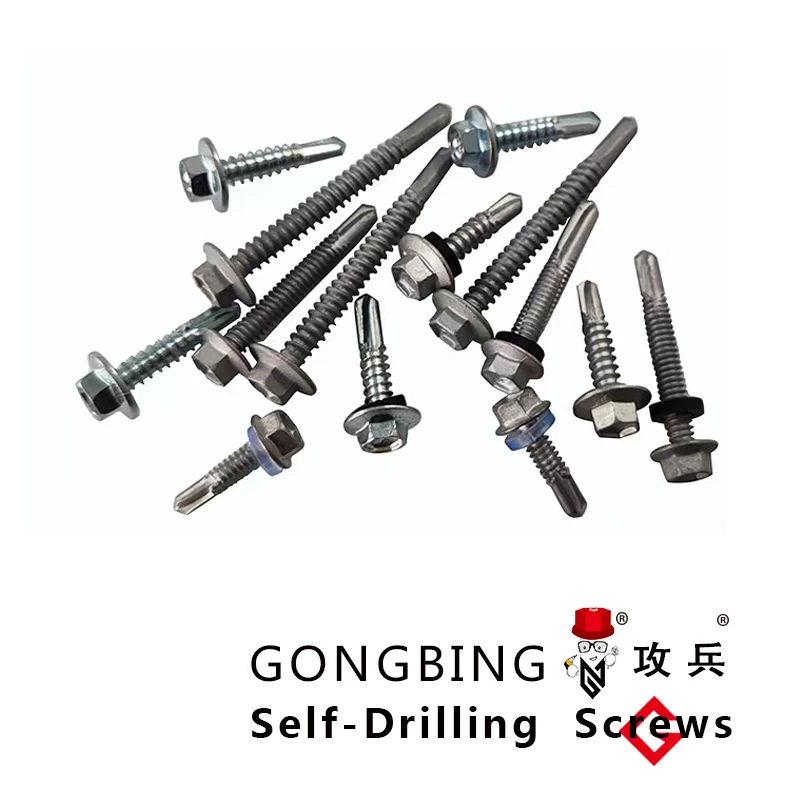Exploring Various Bracing Methods for Enhanced Stability in Steel Structures
Types of Bracing in Steel Structures
Bracing is a fundamental design element in steel structures, providing stability and strength against lateral forces such as wind and seismic activity. It helps to prevent structural failure and ensures the longevity and safety of buildings and other architectural forms. There are several types of bracing systems used in steel construction, each with its unique characteristics, advantages, and applications.
1. Diagonal Bracing
Diagonal bracing is one of the most common forms of bracing in steel structures. This system consists of diagonal members that connect the vertical and horizontal members of a frame. The primary function of diagonal bracing is to create a triangular configuration that aids in resisting lateral forces. This method effectively transfers loads through the braced frame, allowing the structure to maintain its shape and stability. Diagonal bracing can be seen in various structures, including skyscrapers and bridges, and is often constructed with steel rods or angles.
2. X-Bracing
X-bracing is a variation of diagonal bracing in which two diagonal members cross each other, forming an X shape. This configuration enhances the rigidity of the structure and allows it to distribute lateral loads more evenly across the frame. X-bracing is particularly effective in tall buildings, where stability from wind forces is essential. The utilization of X-bracing can reduce the amount of steel needed compared to other systems, decreasing material costs while maintaining structural integrity.
3. K-Bracing
types of bracing in steel structures

K-bracing includes diagonal members that connect to a central vertical member, creating a K shape. This type of bracing is beneficial for minimizing the amount of lateral deformation in steel structures. K-bracing provides an efficient use of material and can be strategically incorporated in various design scenarios, making it a versatile option for engineers and architects. It is often utilized in both residential buildings and commercial structures.
4. Single and Double Diagonal Bracing
Single diagonal bracing consists of one diagonal member installed in each panel of the structure, while double diagonal bracing incorporates two diagonal members arranged in a variation of an X pattern. The choice between single and double diagonal bracing depends on the specific requirements of the structure, including load conditions and aesthetic considerations. Double diagonal bracing is usually more effective in areas with high lateral loads.
5. Shear Walls
While not a traditional bracing method, shear walls serve a similar purpose in resisting lateral forces. Constructed from reinforced concrete or masonry, shear walls provide significant rigidity to a structure, effectively countering vertical and lateral loads. They are commonly used in high-rise buildings and structures in seismic zones, where additional support is necessary.
Conclusion
The choice of bracing system in steel structures is critical to overall design efficacy and structural integrity. Engineers must carefully evaluate each option, considering factors such as load conditions, architectural style, and environmental influences. By understanding the different types of bracing, professionals can create safer, more durable structures that stand the test of time. Overall, the integration of appropriate bracing systems is vital for the successful performance of steel structures in various applications.
-
Weatherproof Plastic Expansion Anchors for OutdoorNewsJun.06,2025
-
Sustainability in the Supply Chain: Eco-Friendly TEK Screws ProductionNewsJun.06,2025
-
Load-Bearing Capacity of External Insulation FixingsNewsJun.06,2025
-
Double Head Bolts: Enhancing Efficiency in Industrial MachineryNewsJun.06,2025
-
Corrosion Resistance in Chipboard Screws: Coatings for Wholesale DurabilityNewsJun.06,2025
-
Butterfly Toggle Bolts : Enhancing Structural ResilienceNewsJun.06,2025
